Ai Generated Fashion Is The Now And The Future
AI is revolutionizing the fashion industry by improving business operations, e-commerce, and marketing strategies. Major fashion brands such as Zara, H&M, Dior, Macy’s, and Nike have already integrated AI into their business models
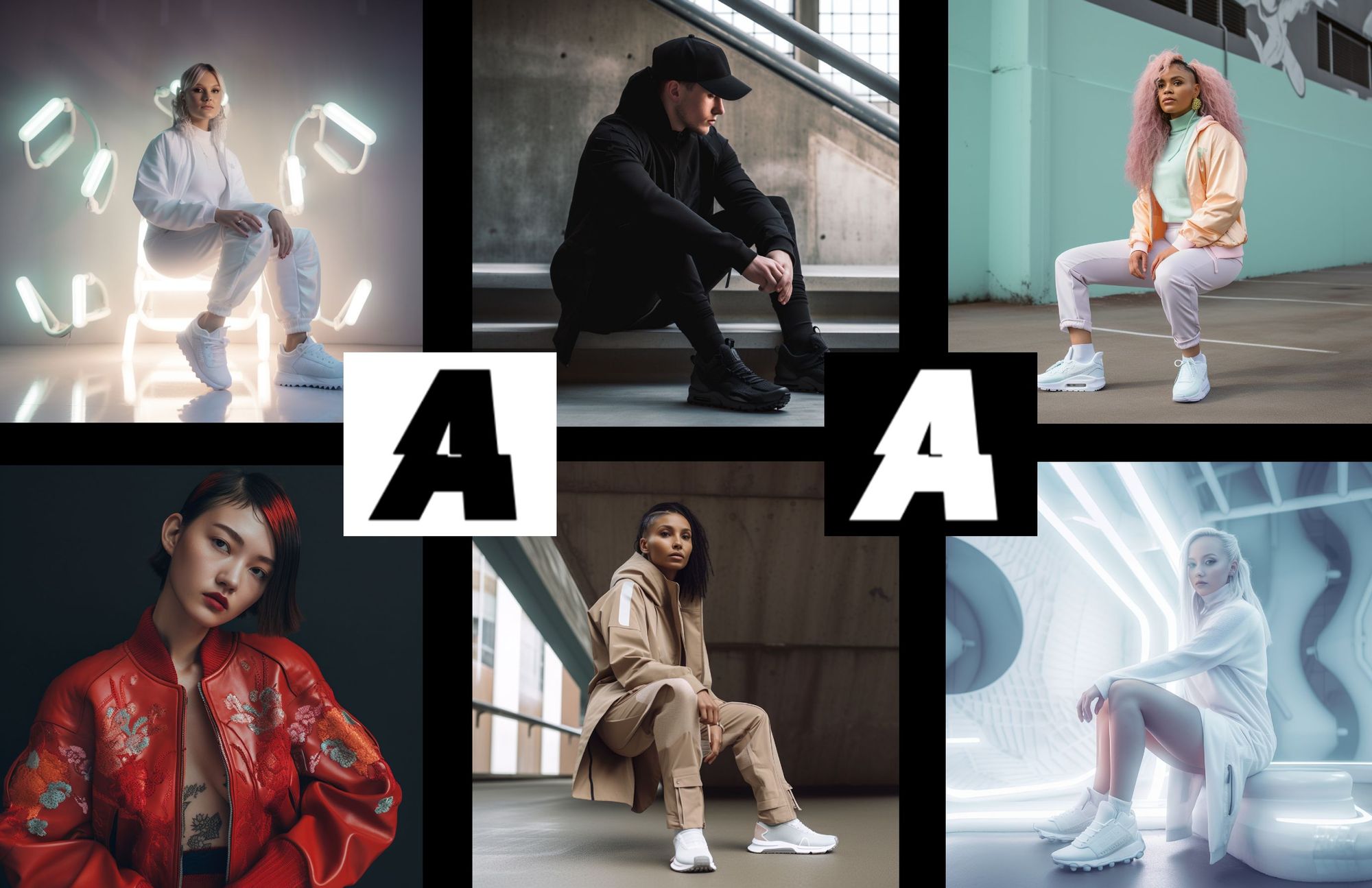
As a passionate advocate for AI, it's clear that artificial intelligence is revolutionizing the fashion industry. From design and marketing to sales, AI is transforming every aspect of the business and opening up new opportunities for growth and efficiency.
AI is revolutionizing the fashion industry by improving business operations, e-commerce, and marketing strategies. Major fashion brands such as Zara, H&M, Dior, Macy’s, and Nike have already integrated AI into their business models, utilizing AI chatbots, personalization, and trend forecasting to enhance customer experience and improve sales. As AI technology continues to advance, fashion companies are expected to adopt even more innovative applications of AI. In 2023, we can anticipate the emergence of three major AI trends in the fashion industry.

AI-Generated Fashion Images
The fashion industry is among the world's most wasteful industries, generating approximately 13 million tons of textile waste annually. Despite the growing trend of sustainable fashion collections and the launch of several second-hand marketplaces by brands, unsold clothes still pose a significant challenge. The silver lining is that artificial intelligence presents a viable solution to this predicament.
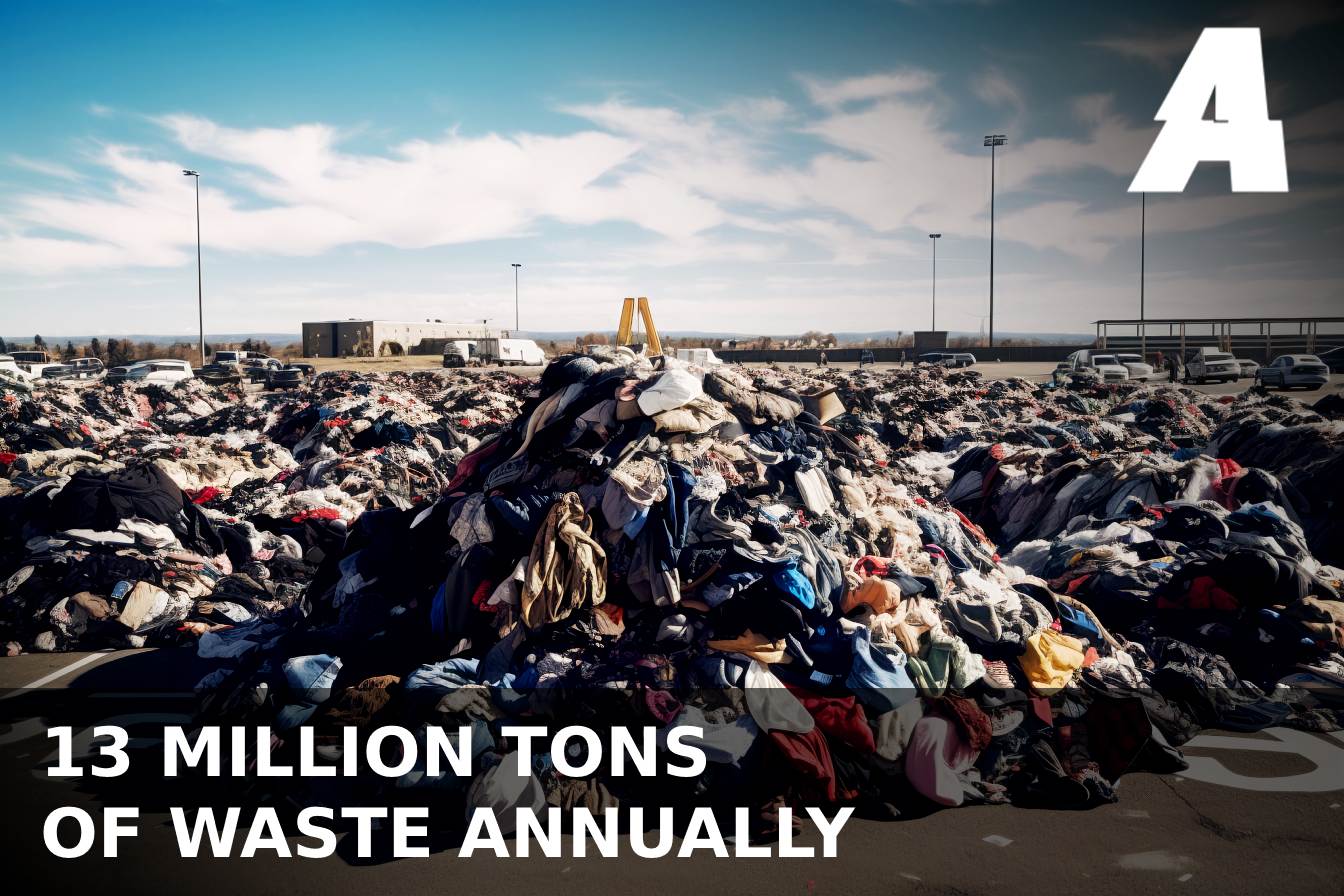
Gone are the days when purchasing and merchandising teams had to rely on their instincts to reduce overstock. Today, predictive analytics and trend forecasting enable them to make informed decisions based on historical product data, including intricate attributes such as color, print, and cut of popular items, as well as web-based media. Additionally, AI inventory optimization helps fashion retailers decide on the best geographic distribution and market drop schedule for a new product catalog.
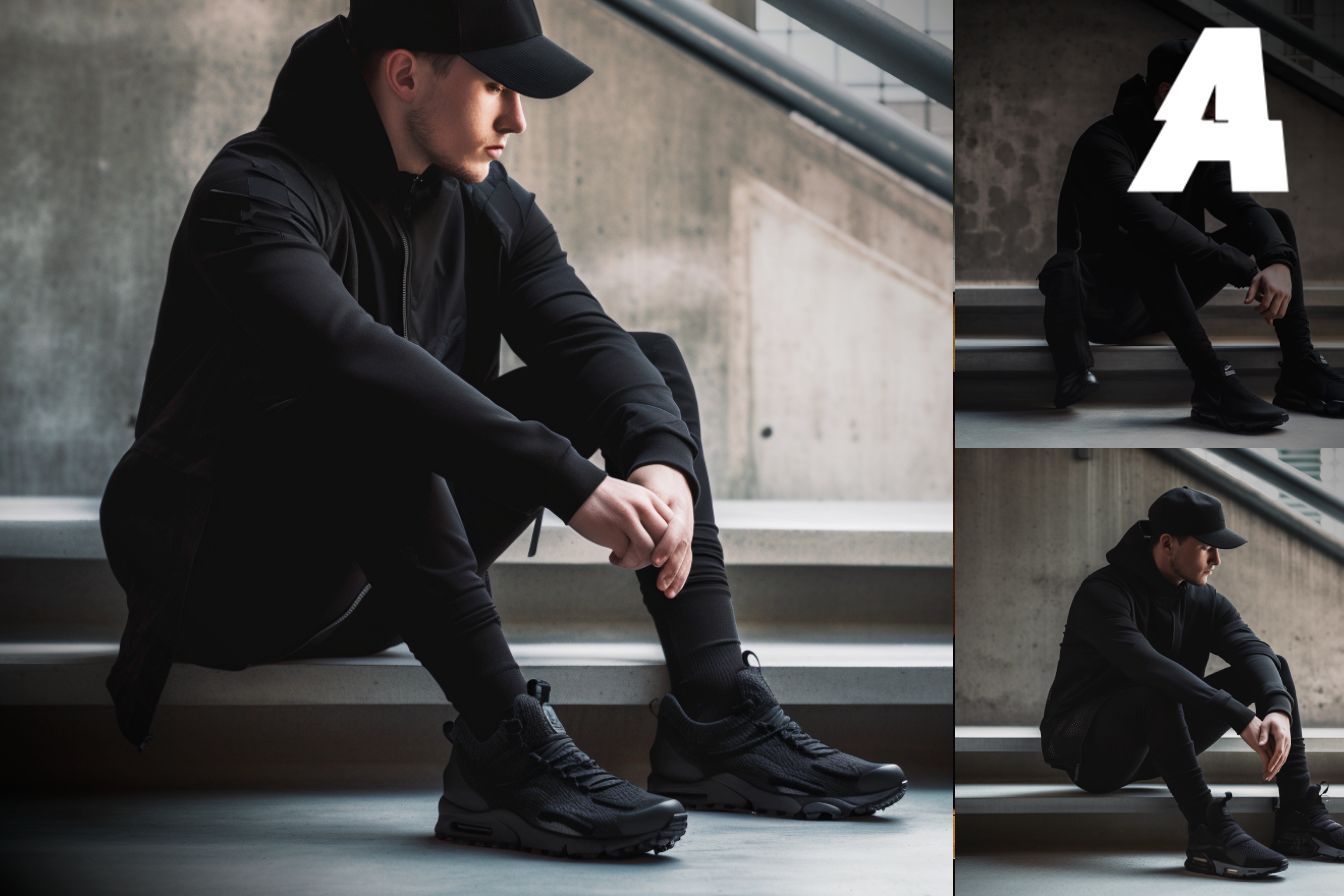
Soon, Now, fashion brands will be able to go a step further with the help of AI. Advancements in technology will make it possible for businesses to generate lifelike images of virtual garments and accessories based on consumer demands and fashion trends. These realistic visuals can then be shared with customers through social media or e-commerce platforms for their feedback, allowing brands to refine their designs before sending them to manufacturers.

By leveraging AI, fashion businesses can improve their demand forecasting for specific clothing items, leading to a reduction in unsold inventory by only producing clothes that customers are more likely to purchase.
Digitally Enhanced Ai Photoshoots
When the pandemic hit, the fashion industry faced unprecedented challenges, with the inability to conduct photoshoots being a major obstacle for e-commerce retailers. However, some of the most popular brands like ASOS rose to the occasion and used AI technology to overcome this hurdle by creating virtual photoshoots. For example, ASOS mapped their clothes onto virtual models to provide shoppers with realistic garment images, leading to a significant boost in profits. The potential of fashion AI is further exemplified by an algorithm that can alter a model's pose and clothing details while retaining important information.

As technology advances, we are witnessing a surprising development in the modeling industry - the emergence of computer-generated fashion models. Some popular models are now entirely created by AI, such as Miquela Sousa, a Brazilian-American "model" with 3.1 million followers on Instagram, who has collaborated with high-end brands such as Givenchy and Prada and has even appeared in a Calvin Klein video alongside real-life model Bella Hadid. Despite not being real, few people can tell the difference.
Although digital models currently lack the ability to offer posing variations, tech companies are working on algorithms that will enable them to mimic e-commerce and commercial models in the future.
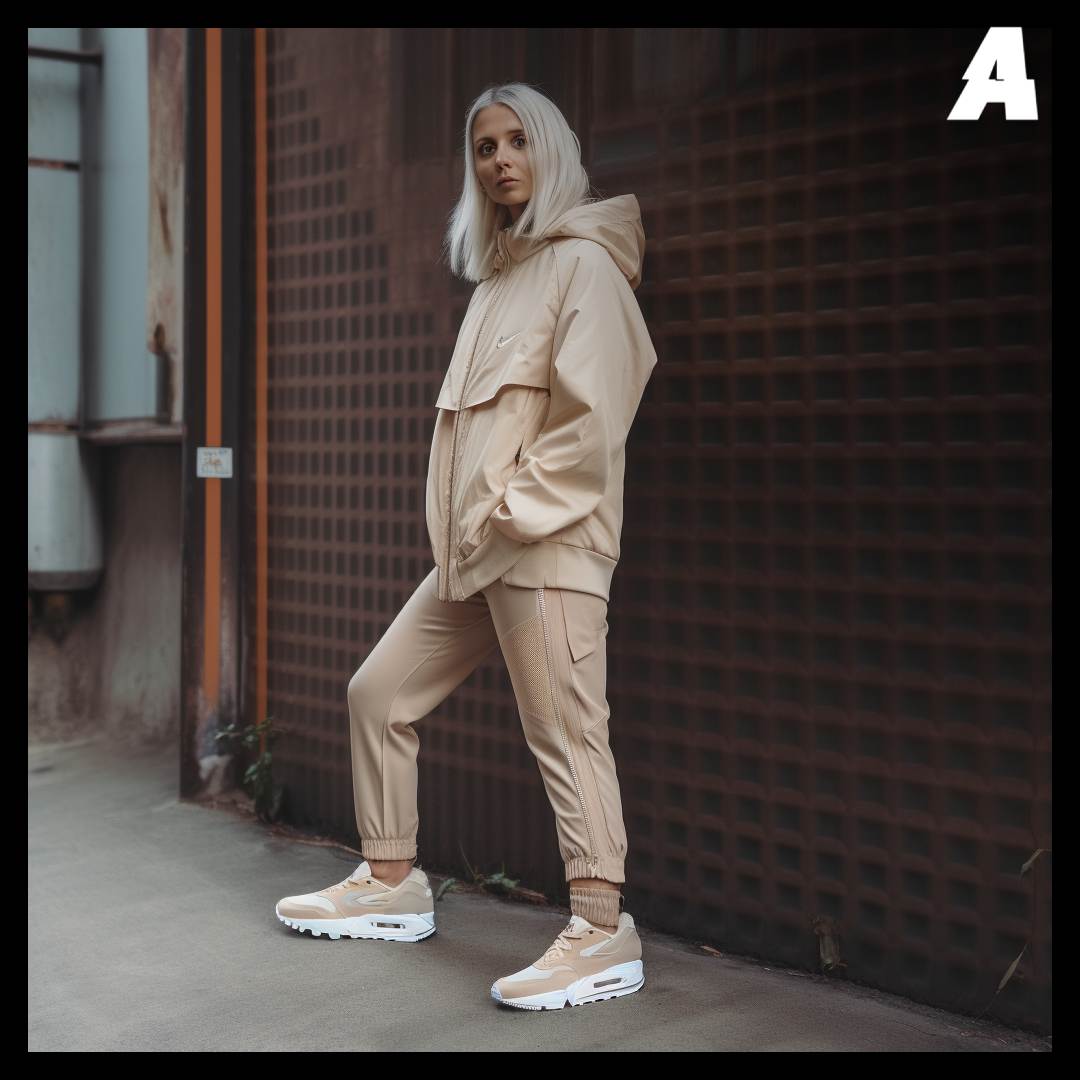
Virtual photoshoots can be an unexpected yet eco-friendly solution to the fashion industry's waste problem. The increasing use of AI models for these shoots can help reduce the environmental impact of physical photoshoots, as the samples used in traditional shoots often end up in landfills. This not only improves efficiency but also decreases costs for brands in need of quickly producing promotional imagery.

As online shopping becomes increasingly popular, we can expect to see more and more brands using AI to display their products on either real or AI-generated models, and even on the customers themselves. This is made possible by the same body mapping technology used for models, which can also be used to create "virtual fitting rooms" where customers can upload their own photos and "try on" fashion products on their bodies. This trend is likely to gain momentum in the coming year as more brands experiment with these new technologies.
Fashion NFTs designed by AI
Companies are already leveraging AI to create new products, and we can expect to see more products entirely designed by AI in the future. This trend is already apparent in the fashion NFT market.

NFT stands for non-fungible tokens, which are digital assets stored on a blockchain that cannot be interchanged with anything of equal value. They can take many forms, including images, music, videos, and even clothing.
In 2022, the notion gained immense popularity, and as a result, many fashion labels have created their own clothing NFTs that customers can typically sport on their digital avatars. For instance, in the same year, the high-end Italian brand Dolce & Gabbana launched a collection that included NFT versions of their physical clothing, as well as completely virtual products (like "The Impossible Tiara," made of "gems that can't quite be found on Earth"), selling for nearly $6 million.
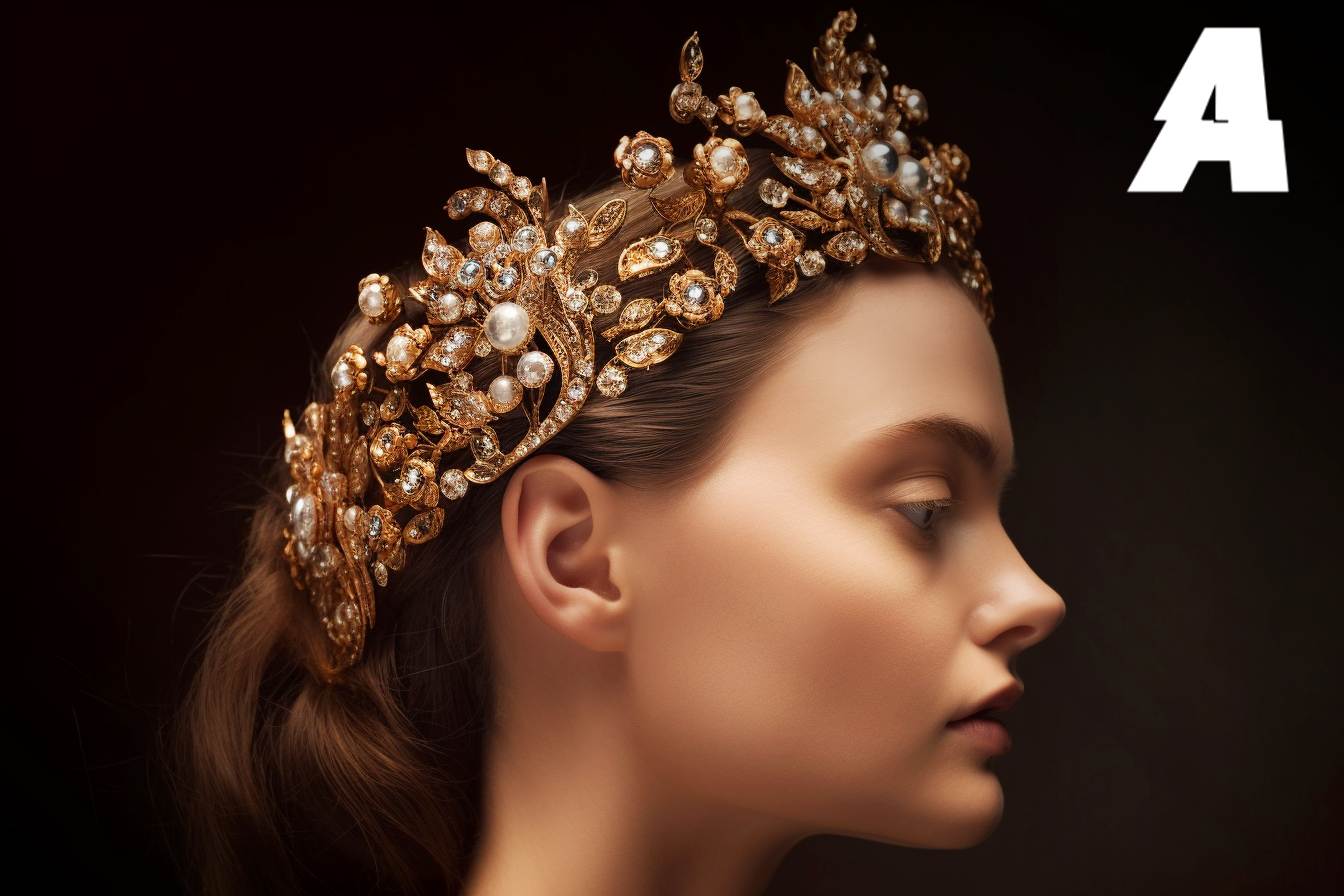
As the trend of NFTs continues to grow, we are witnessing an increasing number of AI-generated NFTs. In late 2022, the first-ever line of NFT sneakers made entirely by AI was launched. The AI analyzed thousands of existing human-made sneaker pairs to create unique and futuristic designs that had never been seen before.
As this trend progresses, we may see AI designing hyper-personalized and relevant products much faster than human designers.
Fashion AI Is Already a very Powerful TOOL
PWC predicts that AI will contribute nearly $16 trillion of value to the global economy each year by 2030. In the near future, it will be imperative for fashion brands to harness the power of AI to achieve exponential growth. Although AI-generated fashion images, virtual photoshoots, and fashion NFTs may not become mainstream in 2023, we will see more fashion companies exploring these innovative applications of AI this year, laying the groundwork for their adoption in the future.
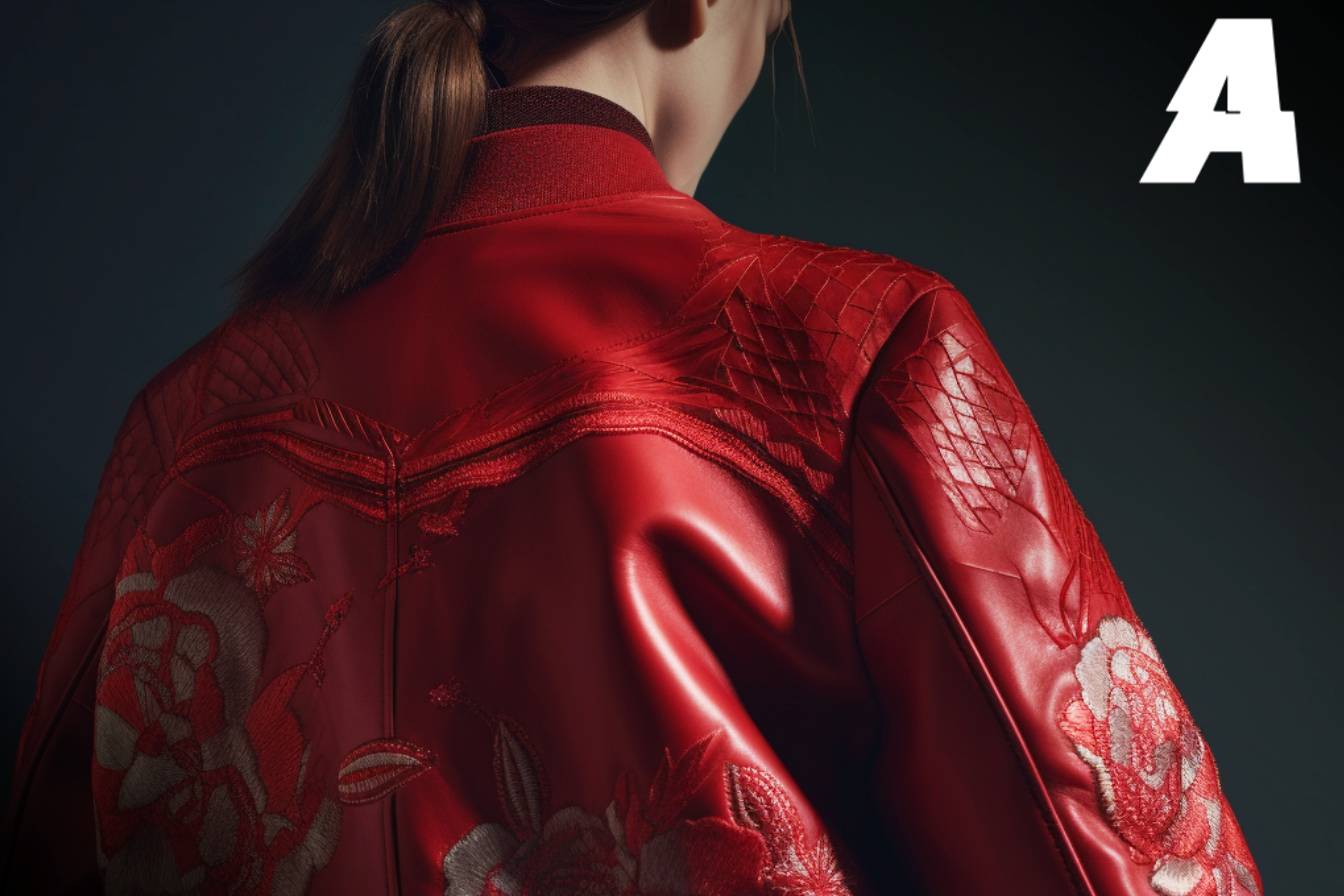
Stay up to date with the latest in fashion and AI by subscribing to our website artevolves.com! We cover all the latest trends and innovations in the fashion industry, from virtual photoshoots to AI-generated designs. Don't miss out on the future of fashion – subscribe now and stay tuned for the greatest ride the fashion industry has ever been on.
